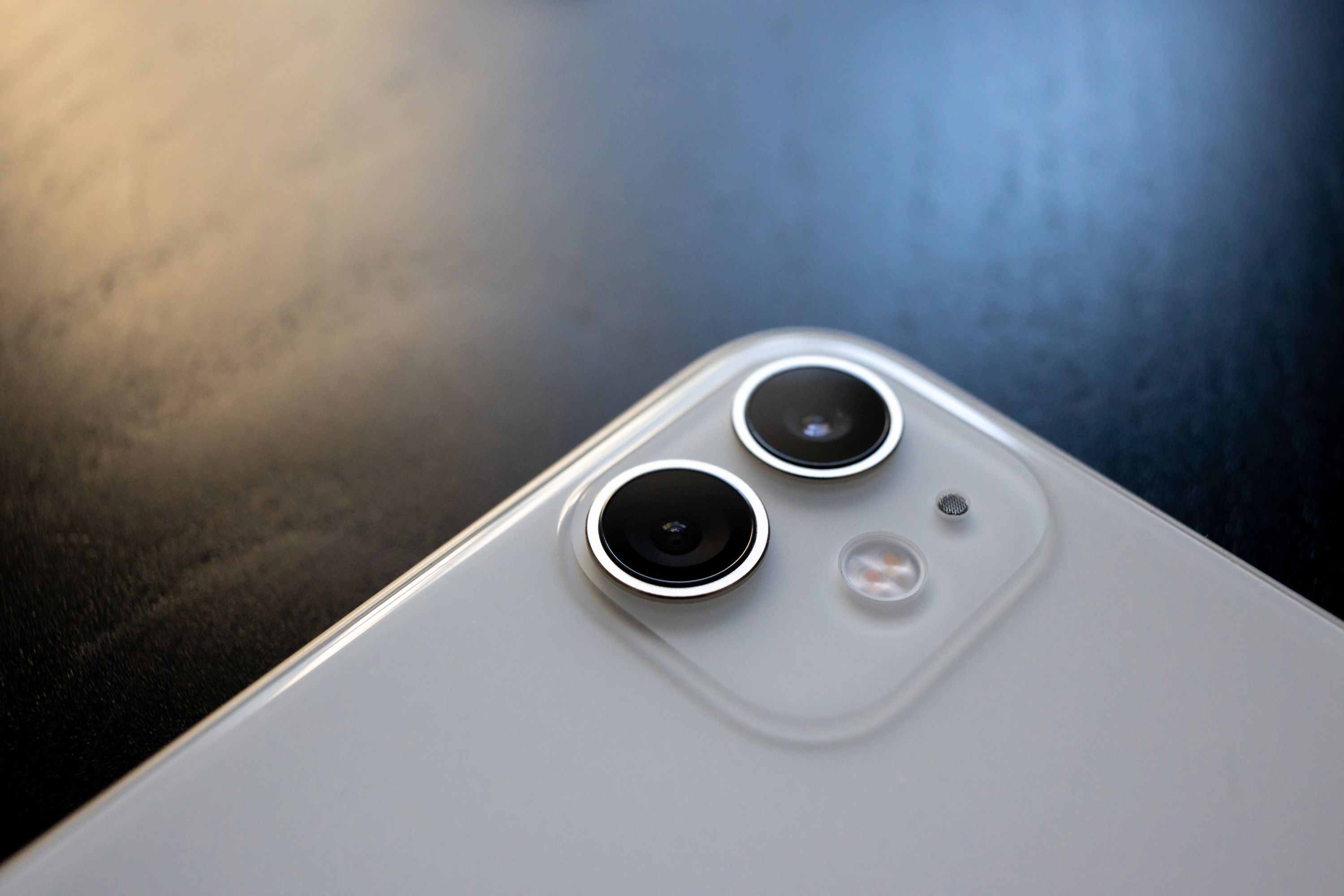iPhone 11: First Impressions
An impressive camera system saves an otherwise mediocre upgrade

I wasn’t planning on upgrading my phone this year. My intention was to put a new battery in my beloved iPhone X and continue to use it.
Then, last week, I talked to our phone carrier about switching to a more favourable plan. I quickly realized I could not only upgrade two of our devices, but also bring our monthly fees down in the process thanks to some aggressive promotions for small business customers.
So I did.
Shannon wanted a smaller phone, so we replaced her iPhone 8 Plus with an 11, and I didn’t particularly want a new phone so I didn’t pay extra for the 11 Pro, opting for a second 11 for me. Hers is purple and mine is white.
Now that I’ve spent a few days with it, I can safely say that I like it, but I certainly don’t love it, and I have never been less excited by a phone upgrade in my life.
It’s Fine, and Nothing More
I get that this is the “honeymoon” period, so I’m meant to be elated and focus on the great improvements…but I’m struggling to muster the enthusiasm.
It’s not that there aren’t improvements—it’s definitely a better phone in some ways—but it’s not a unilateral upgrade.
The iPhone 11 is larger, heavier, thicker, and has a worse screen than my X. But it’s also more comfortable to type on, lasts longer, and has a noticeably better camera system.
Other things are completely indistinguishable: Face ID, general navigation, and app launching speeds are so close to my X running iOS 13.1 that I can’t possibly point to them as reasons to upgrade.
I think what’s throwing me off is that the things I really love my phone for (watching video, gaming, etc.) aren’t better on the 11 than on the X. They may even be worse considering the screen isn’t as bright and has noticeably less contrast than the OLED on the X.
Thank goodness for the camera.
Computational Photography Begins to Mature
I’m a camera geek, so my appreciation of smartphone imaging technology is filtered through the lens of what’s been happening in the camera industry.
Things like Night Mode are impressive to me, but not for the reasons most people are saying. What’s happening behind the scenes—using slow shutter speeds to maximize light intake, using mean/median averaging to reduce the appearance of noise and protect details, etc.—is nothing new. A knowledgeable photographer can do this with any camera at all, even previous iPhones. And any real camera will produce better results because it has a larger sensor to work with.
However, the fact that this process can now happen automatically at time of capture right on the device that we carry with us all the time…that’s awesome. Similarly, the Smart HDR functionality isn’t impressive because it’s a new approach to broadening the dynamic range of an image, it’s impressive because it’s happening so quickly and—this is key—selectively.
What Apple has been doing is teaching its neural nets to appreciate the nuances of good photography. This is all in an effort to apply these techniques intelligently instead of as a blanket effect over the whole image. The iPhone can generally get better results than your average photographer employing those techniques because it’s able to automate a lot of the tedious parts of HDR merges that many photographers skip: selective masking, per-zone adjustments, etc.
And it’s doing it instantly.
This effortless automation of the tedious parts of image editing is a transformative improvement. It makes it easier for average users to take truly stunning photographs in situations that would have previously required an understanding of photographic principles. As this barrier lowers, more people can become excited by photography and interested in learning more about it, and that makes me happy.
Where this computational effort becomes truly remarkable is in video, where the iPhone 11’s ability to shoot 60fps HDR means it has to grab two images—one overexposed, one under—and do this intelligent processing for each frame. At 60fps that means they’re pushing 120fps of full 4k data through the imaging stack.
The result is that iPhone 11 is capable of putting out richer looking video than most high end cinema cameras. Those cameras may technically have more dynamic range because of their larger sensors and higher data rate, but in order to take advantage of that you have to shoot in a very flat colour profile and colour grade it in post production to bring out the full quality.
Of course, iPhone isn’t going to replace cinema cameras any time soon—there’s no capacity for shallow depth of field, the ergonomics are terrible, the small sensors lack the ability to depict certain kinds of tonal transitions as nicely, there’s no proper audio solution, etc. etc.
But…your vacation footage shot on iPhone is going to look better than 90% of video shot by non-professionals on other equipment, and it’s going to do so straight out of the camera, without any processing or effort on your part.
That’s extraordinary.
Digging In
In retrospect, I don’t think this generation was worth upgrading to—at least for me.
Sure, I could have spent more on the 11 Pro and gotten a more complete upgrade, but it didn’t feel like it was worth that much money when I could get 90% of the way there for $500 less with the 11. Either way, since I’m here I may as well try to make the most of it.
My plan is to ramp up my smartphone photography significantly. I’m so used to always having a camera with me and preferring it for shooting that I really have to form new habits and focus on exploring the phone’s full potential instead.
Expect a follow-up with lots of images soon!